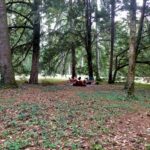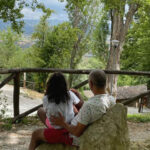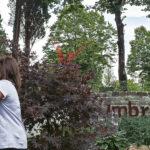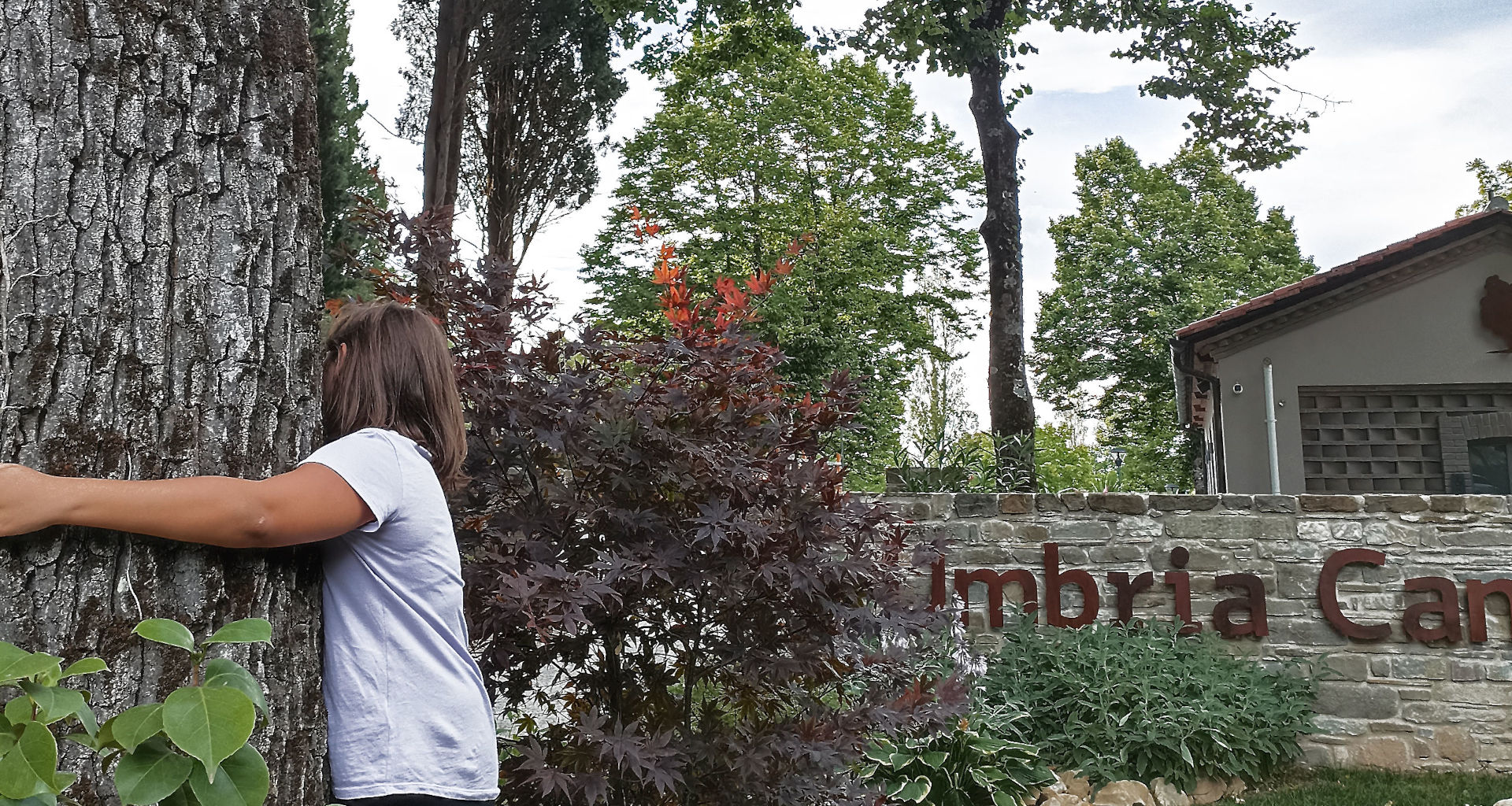
Baroness Alice and Baron
Leopoldo Franchetti and their passion for nature
Umbria Camp is surrounded by woods and by the Villa Montesca park, home of Baroness Alice and Baron Leopoldo Franchetti. They transformed the gardens of the Villa into a proper botanical garden with various plants coming from America, and from the temperate and cold areas of Europe and Asia.
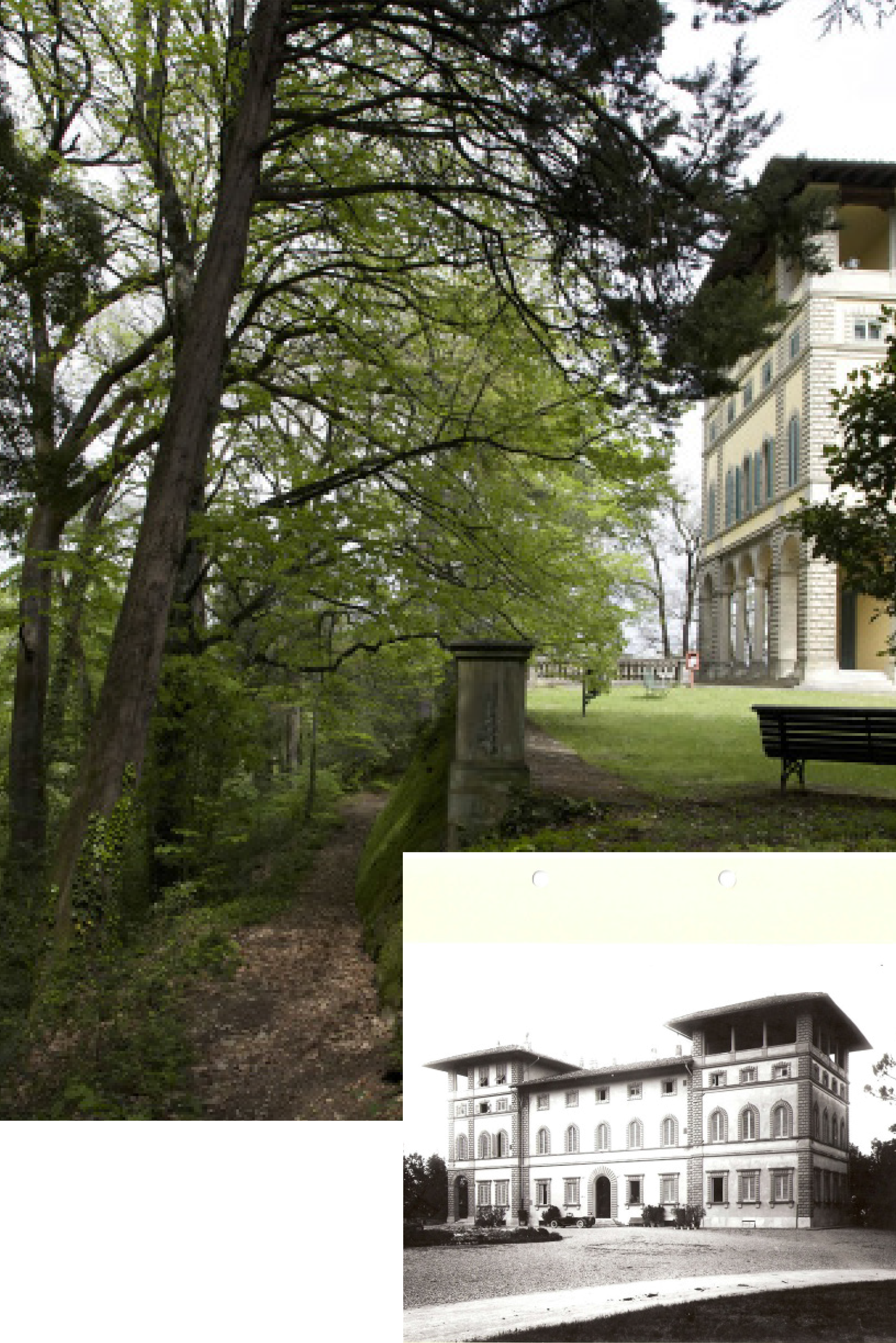
VILLA MONTESCA. THE BEAUTIFUL SUMMER RESIDENCE OF THE FRANCHETTIS
Villa Montesca was built at the end of the 19th century by the Franchettis, a couple who largely contributed to the lives of peasants and women with economical, charitable and, most importantly, educational initiatives. This magnificent villa holds paintings and sculptures from various artists and outdoors, the grounds host a garden with a central basin followed by an English-style park and a botanical garden.
ALICE HALLGARTEN
AND LEOPOLDO FRANCHETTI
“Two souls with an insatiable desire for good, following different paths that would always lead to one consequence: education as the only way to do good.”
(G.Lombardo Radice, Accanto ai maestri)



